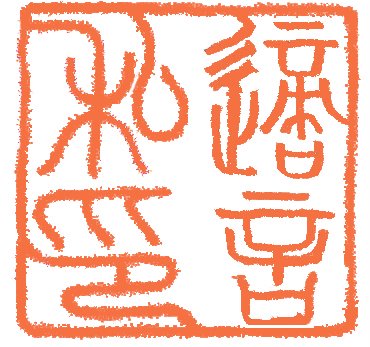It is said, but only Allah knows all, that "when there is a conflict between vision and other sensations, vision usually dominates – a phenomenon called visual capture."
You can demonstrate a remarkable exception through a simple procedure. Take a flash camera into a room with patterned wallpaper or a picture on the wall. It should be a room that can be darkened (an interior bathroom with a towel against the bottom crack is ideal). Turn off the lights and dark adapt for 5 minutes. Now, while holding your arm outstretched with an open hand toward the wallpaper or picture, aim and click the camera so the flash hits your hand. In a second or two, you will see a strong positive afterimage of your hand against the wallpaper. Now, move your hand downward. What did you see? What do you think happened?
When I carried out the kinesthetic capture observation above (not my design, but that of J. Seiver, or whoever JS got it from), I did as instructed, using a flashbulb to illuminate my hand against a visually interesting background. Here's what I observed:
In the moment of the flash, I didn't see much except "wow, that's bright!" Then I dropped my hand. Within a second, I saw a strong image of my hand and arm in a uniform magenta, as though my arm was still outstretched. I blinked, then saw my arm and hand outstretched in full color against the background, which also was in color but not as vivid as my hand and arm. After watching for a few seconds, the colorful scene faded, and I saw my hand and arm in cyan for a while before the scene faded away. I did the observation three times, too, just to enjoy it.
So, what happened? I think that by adapting to the darkness beforehand and then only having illumination for a moment, I set my visual system up to be fooled into seeing a false representation of the scene. I think the illusion is an outcome you'd expect when you essentially shut down the visual system then give it a brief flash of a scene then shut down the inputs again. It's reasonable to surmise the visual system has a feature analogous to the vestibular sense, and that the most recent output has an echo.
A corollary experiment involves just wiggling your fingers or making a fist with your arm in place after the flash. When I tried this, I found the afterimage blinked and never resolved completely as it did the scene did when I dropped my arm. I tried this again leaving my arm in as close to the same place as I could while turning my hand so that instead of having my palm outstretched I had the back of my hand turned outward. So I had my palm out when I hit the flash, then turned my hand inward. I saw, clearly but in dimmer light, my palm turned inward, then the afterimage of my arm and hand with the palm outward.
I have no explanation for being able to clearly see my hand with the palm inward. Maybe the flashbulb was still dying when I turned my hand? In any case, I am assuming that by turning my hand inward after that I disrupted the position of my arm enough to then see the afterimage, unlike when I wiggled my fingers. In that observation I never got a clear afterimage. In this one, I got the clear afterimage. This fits with what H Hogendoorn, M P M Kammers, T A Carlson and F A J Verstraten found in their 2008 study, "Being in the dark about seeing your hand: multisensory conflict resolved by proprioception erasing visual information," namely that moving your hand around in the place disrupts the afterimage effect but moving your hand elsewhere leads to the visual system taking over.
Thursday, October 29, 2009
Subscribe to:
Post Comments (Atom)


No comments:
Post a Comment